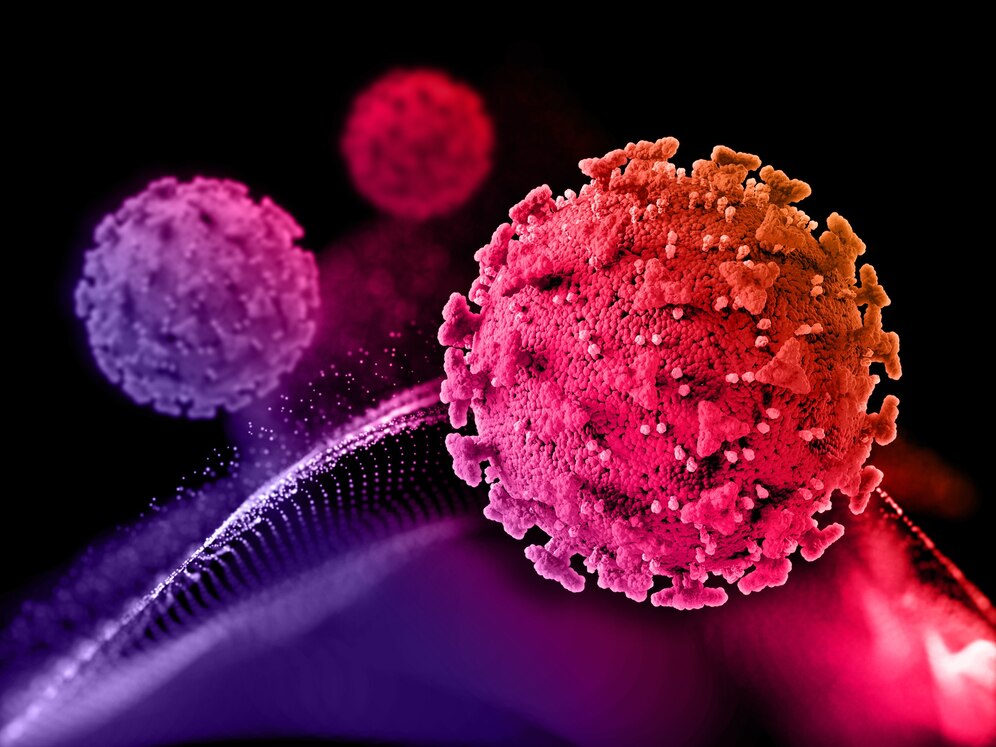Demystifying Tumor Biology: Understanding Characteristics & Hallmarks of Cancer
Share IT

Launch Your Dream Website with Us!
Click Here to Get in touch with Us.
Categories
Tumor Biology
Revealing the Enemy Within: An Examination of Tumour Biology and Features
Cancer is a group of several diseases with different causes and patterns of behaviour rather than a single illness. It is essential to comprehend the biology and features of tumours in order to diagnose, treat, and eventually defeat cancer. This blog post provides you with important information on these aberrant cell growths by delving deeply into the interesting field of tumour biology.
Thank you for reading this post, don't forget to subscribe!Tumor Biology
Table of Contents

Tumours: Not Just Bulges
Tumor Biology
An abnormal lump of tissue brought on by unchecked cell division is called a tumour. Tumours, however, fall into two primary categories:
- Benign tumours: are non-cancerous growths that usually stay in one place and don’t move to other parts of the body or infiltrate nearby tissues. They are usually not life-threatening, despite the fact that they may hurt or put pressure on you. Uterine tumours called fibroids and lipomas, which are fatty tumours, are two examples.
- Malignant tumours: These are growths that have the ability to spread to other locations and form new tumours (metastases) by invading nearby tissues, the circulation, or the lymphatic system. Because malignant tumours can spread and interfere with normal biological functioning, they represent a serious health risk.
The characteristics of cancer An Abrupt Metamorphosis
Tumor Biology
An intricate web of cellular alterations occurs during the genesis of cancer. Scholars have distinguished a number of crucial characteristics that define this shift:
- Sustained Proliferative Signalling: Cell development is strictly controlled in a normal state. These regulators break down in tumours, causing unchecked and continual cell division.
- Avoiding Growth Suppressors: Healthful cells are equipped with natural growth-restraining systems. Cancer cells figure out how to get around these growth suppressors so they can proliferate unrestricted.
- Resisting Cell Death: Damaged or aged cells usually go through a process known as programmed cell death, or apoptosis. Cancer cells create defences against this innate process so they can endure longer.
- Facilitating Replicative Immortality: Regular cells divide only a finite number of times in their lifetime. Cancer cells develop the capacity for endless division, which promotes unchecked development.
- Inducing Angiogenesis: In order to develop and grow, tumours need a plentiful blood supply. To feed themselves, cancer cells encourage angiogenesis, the growth of new blood vessels.
It is invasion and metastasis that render cancer genuinely lethal. Cancer cells acquire the capacity to spread to distant locations and infiltrate neighbouring tissues in order to form new tumours.
It is essential to comprehend these characteristics in order to create tailored treatments that can impede these procedures and stop the development and spread of cancer.
Examining Further: Principal Features of Tumours
Tumor Biology
Tumours have unique properties beyond the classic signs of cancer that affect their behaviour and diagnosis:
- Rate of Cell Growth: The rates at which tumours grow varies. Some grow slowly and take years to show symptoms, while others grow quickly and show aggression.
- Normal cells: differentiate cellularly to carry out particular tasks. Under a microscope, cancer cells frequently lack this distinction and appear aberrant.
- Tumour Microenvironment: Blood vessels, immune cells, and connective tissue are just a few of the elements that surround a tumour and have a significant impact on its growth and development.
- Genetic Mutations: A number of genetic mutations are frequently present in cancer cells, which contribute to their aberrant behaviour.
Understanding Is Power: Managing Your Health
Tumor Biology
Knowing the basics of tumour biology enables you to appreciate the significance of:
- Early Detection: When cancer is discovered early, treatment is most effective. This can be achieved by routine screenings and awareness of possible signs.
- Healthy Lifestyle: The risk of cancer is influenced by numerous lifestyle variables. You can reduce your risk by eating a balanced diet, exercising frequently, and controlling your weight.
- The ensuing recommendations for treatment: The goal of treatment plans created by medical professionals is to eliminate or manage tumours. For the best results, treatment protocols must be followed.
Tumor Biology
Learning about the biology and features of tumours can help you make informed decisions about cancer awareness, prevention, and treatment. Recall that this is only a broad summary of the topic. See your healthcare provider for individualised advice and answers to your questions.

Launch Your Dream Website with Us!
Click Here to Get in touch with Us.





























































Recent Comments